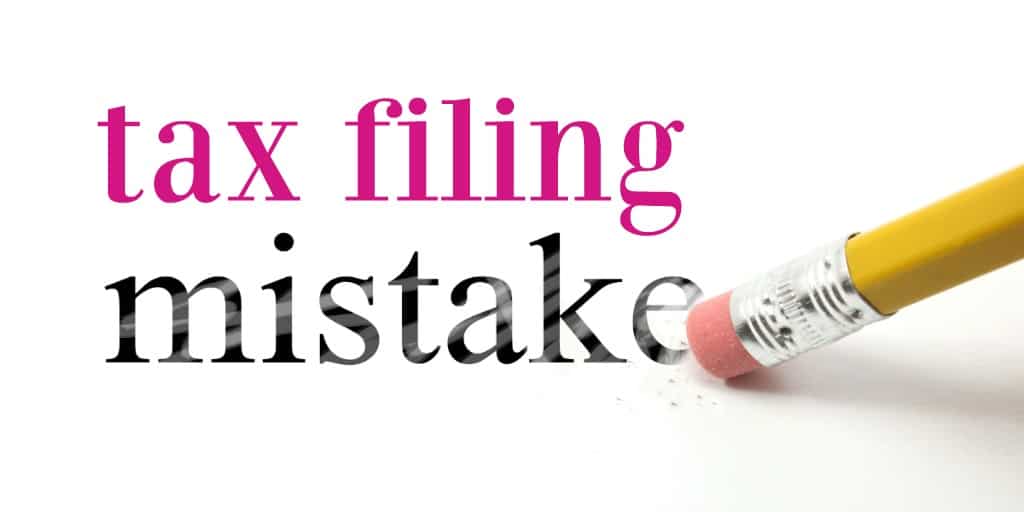Larry Hays usually receives a refund by paying his taxes on time and filing online.
As of 2021, he converted his traditional IRA to a Roth IRA, which led to a big tax bill. As per NJ report, he would owe $32,000 in taxes on the amount he converted, but he would have a tax-free account for life.
Due to the possibility of penalties and interest charges for taxpayers who significantly underpay taxes during the year, he made an estimated fourth quarter payment on the conversion before the Jan. 15 deadline.
His checking account showed the wrong amount, even though he had thought he was all set. It showed $3,200 as a debit instead of $32,000.
“They lopped off a zero,” Hays, of Upper Montclair, recalled.
The check that Hays wrote was clearly written for the right amount, according to Bamboozled. But the problem remains. The account would be in the negative, short thousands of dollars, if an extra zero was added instead of not taking enough.
Hays now owes the IRS thousands more money as a result of the error.
“I went to my Chase branch and explained the problem to them. They told me that when checks are submitted for payment through the ACH system, as this was, Chase does not receive the check, so they have no way to verify that an error has been made,” he said.
“My only recourse is to (contact) `the merchant,’ in this case, the IRS.”
Hays said he attempted to call the IRS via phone, but was unable to do so. This is the busiest time of the year for the IRS, which is being criticized for the backlog of millions of 2020 tax returns.
Read More: When it comes to Social Security, the remarriage rule can cost you a lot of money
However, Hays did not want to get hurt by penalties and interest, so even though the deadline had passed, he sent a second check for the remaining amount, accompanied by a note explaining why the payment was late.
“Ten days or so later that check was cashed. Whether or not I will be charged a penalty remains to be seen,” he said, noting that it surprised him that Chase did not have a process in place to rectify the error and that the check he sent for his state tax bill had been processed correctly.
“So I solved the problem — I hope — on my own. But frankly, this doesn’t seem fair to me.”
How Does it Work?
For years, the IRS has encouraged taxpayers to file and pay electronically, a much faster process than mailing a check and filing a paper return.
The number of taxpayers who filed their tax returns on paper last year is still millions, despite the fact that 94% of the 2020 tax returns are being filed electronically.
Providing a check as payment authorizes a one-time electronic fund transfer from the taxpayer’s account or processing the payment as a check transaction, said the IRS.
Hays sent his check to a specific location. We asked the IRS how payments are processed there.
Payments made by taxpayers to the IRS go into a lockbox managed by a bank that acts as the IRS’s contractor, an IRS spokesman said.
“They take the check and make the deposit, then they send the paperwork to the related IRS center,” he stated.
The vast majority of mail transactions involve paper checks or money orders, so the lockbox locations use Electronic Check Processing (ECP), which transforms paper checks into Automated Clearing House (ACH) transactions, according to the Treasury Department’s Bureau of Fiscal Services.
Nacha, the company that manages the ACH system, estimates that 26.8 billion payments were processed by this system in 2020.
Let’s Get Back to Checks.
Financial Agents (FA) from the IRS’ bank would open checks enclosed in the envelope and digitally scan them so that electronic images could be captured.
The process was crucial. Since the check information would have had to be typed by a human, we made the assumption that was the cause of the error. Even though so-called optical scans might fail and miss that important zero on Hays’ check, it is far more likely that human error occurred.
“The FAs then send all image and data files to ECP for processing,” it explained. A taxpayer’s bank would process the transaction electronically once the images are sent to the bank.
Our questions to Chase were whether someone at the bank reviews check images to ensure they match payments requested via electronic means or if someone keyed in the dollar figure inadvertently missing a zero.
Read More: Federal officials are considering extending the moratorium on student loan repayments
Chase said ACH transactions can only be processed with an account number and routing number, so the bank would not have a copy of the check. There would be no keying in of a dollar figure.
Hays’ fate is left a bit of a mystery. There must have been a problem with the digital scan if neither side entered the numbers. In addition, it seems pretty clear that the check images are not compared to the amounts.
So what are we to learn as consumers? In this case, even if you think you are making a paper transaction rather than an electronic one, it is important to check your bank statement closely for any errors.
In addition to this, you should consider dropping checks whenever you have an electronic payment option. You’re highly unlikely to encounter such a problem if you double-check that you entered the numbers correctly.
Having learned that he can also pay estimated taxes online, Hays will pay the IRS electronically in the future.
“I think a really interesting question is how this would have played out if the amount of the check had been $3,200 and the IRS had tried to debit our account for $32,000,” Hays stated.

